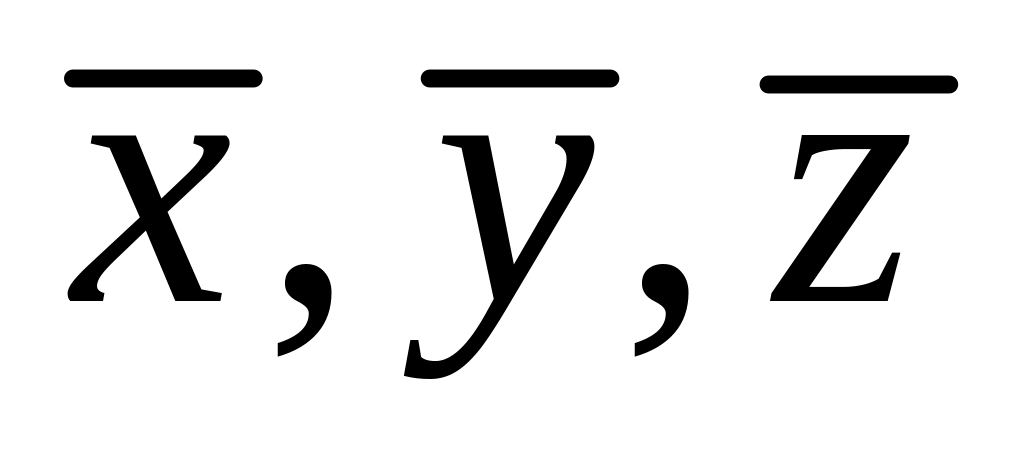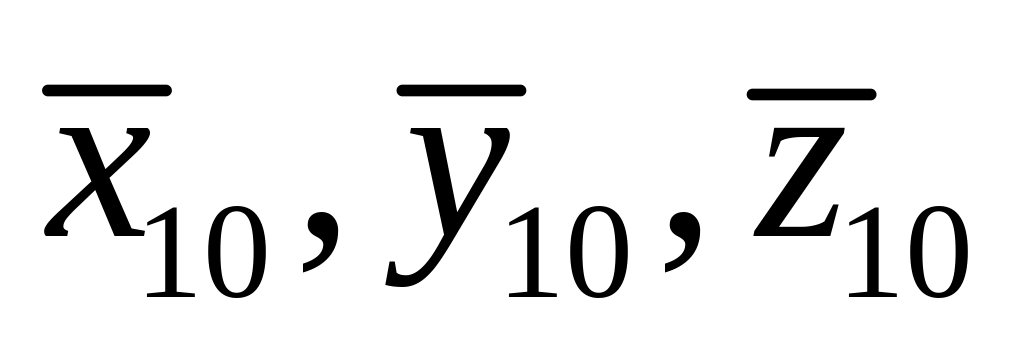
- •4 Color appearance models
- •4.1 General requirements for color appearance models
- •4.2 Cielab Model
- •Inverse conversion equations
- •4.3 Cieluv Model
- •Inverse conversion equations
- •4.4 Ciecam02 Model
- •Categorical viewing conditions settings for the model
- •Unique hue data for the calculation of hue quadrature
- •Inverse conversion equations
- •4.5 Modification of ciecam02 by Luo et al.
- •Table 4.1
- •Values of lightness for spectral colours
- •Table 4.2
- •Values of colorfulness for spectral colours
- •Table 4.2 (End)
- •Table 4.3 Values of criterion
- •Table 4.4 (End)
- •Таble 4.7 Values of distance between position of points of monochromatic colors of chromaticity diagram for combined adapting luminance and surround for stimulus luminance, equal 10 cd/m2
- •Table 4.9 Values of distance between position of points of monochromatic colors of chromaticity diagram for stimulus luminance, equal 20 и 200 cd/m2 for stimulus luminance, equal 50 cd/m2
- •Table 4.11 Values of distance between position of points of monochromatic colors of chromaticity diagram for combined adapting luminance and surround for stimulus luminance, equal 50 cd/m2
- •Table 4.12
- •Figure 4.19 ‒ Occurrence of image impairment in dependence of colour deflection levels
- •4.6 High-Luminance Color Appearance Model
- •Inverse model computation:
4 Color appearance models
4.1 General requirements for color appearance models
One of the crucial question for imaging systems developers is the ensuring high level of quality of image capture and reproduction, and, particularly, high level of colorimetric quality. The traditional way of assessing the reproduction quality of imaging systems is subjective assessment. Though being the most exact, it requires significant costs, time resources and computational burden. It cannot be used for real time quality assessment. There are many objective image quality assessment methods, but most of them don’t take into account colorimetric component of overall image quality.
As it was previously stated, the perception of colors plays a major part in overall image quality perception. R.W.G. Hunt in [4.1] has formulated six approaches to color reproduction (see section 9). Two of them seem to be suitable for implementation in TV systems:
Equivalent color reproduction. Approach, by which the goal is achieving equality of chromaticities and absolute and relative luminances of colors of original scene and reproduced image being viewed under different conditions.
Preferable color reproduction. The purpose of such approach no achievement of strict equality of color perception of display and standard images, but reproduction of colors in such a way that the colors of the estimated image were more pleasant for an observer, than colors of original scene.
It should be noted that though the reproduction of memory colors has substantial influence on judgments about reproduced image; however it cannot be used as independent criterion.
Color spaces are used for mathematical representation of colors independently on spectral power distribution of the optical radiation. The CIE 1931 color space was standardized by Comission Internationale de l’Eclairage for color patches of 2 degree angular subtense and CIE 1964 for patches of 10 degree angular subtense. These color spaces are used for color representation only, they do not allow account of the state of observer’s adaptation to viewing conditions. To allow accounting of viewing conditions (that is necessary for color transforms and colorimetric distortion correction) various color appearance model have been developed.
According to the definition of CIE Technical Committee 1-34 [4.2], color appearance model is the any model predicting at least the relative color appearance characteristics, such as lightness, chroma and hue. To make accurate prediction of these parameters the model should account for chromatic adaptation. It is desirable for a model to predict also brightness and colorfulness perception accounting for color vision phenomena that make a great contribution into color perception.
Requirements for color appearance models are defined by applications in which they are used. Requirements, formulated by TC 1-34, are following [4.2]:
The model should be as comprehensive as possible so that it can be used in a variety of applications; but at this stage only static states of adaptation should be included because of the great complexity of dynamic effects.
The model should cover a wide range of stimulus intensities from very dark object colors to very bright self–luminous color. This means that the dynamic responds function must have a maximum and can’t be simple logarithmic or power function.
The model should cover a wide range of adapting intensities, from very low scotopic levels such as occur in starlight to very high photopic levels, such as occur in sunlight. This means that rod vision should be included in the model; but because many applications will be such that rod vision is negligible, the model should be useable in a mode that does not include rod vision.
The model should cover a wide range of viewing conditions including backgrounds of different luminance factors, and dark, dim and average surrounds. It is necessary to cover the different surrounds because of their widespread use in projected and self–luminous displays.
For easer use the spectral sensitivities of the cones should be a linear transformation of the CIE
 or
or
 functions;
and
functions;
and
 functions should be used for the spectral sensitivity of the rods.
Because scotopic photometric data is often unknown, methods of
providing approximate scotopic values should be provided.
functions should be used for the spectral sensitivity of the rods.
Because scotopic photometric data is often unknown, methods of
providing approximate scotopic values should be provided.The model should be able to provide for any degree of adaptation between complete and none for cognitive factors and for the Helson-Judd effect, as options.
The model should give predictions of hue (both as hue – angle, and as hue – quadrature), brightness, lightness, saturation, chroma and colorfulness.
The model should be capable of being operated in the reverse mode.
The model should be no more complicated than is necessary to meet the above requirements.
Any simplified version of the model intended for particular applications should give the same predictions as the complete model for some specified set of conditions.
The model should give predictions of color appearance that are not appreciably worse than those given by the model that is the best in each application.
A version of a model should be available for application to unrelated colors (those seen in dark surrounds in isolation from other colors).
Description of adopted CIE models [4.1, 4.3-4.5] CIELUV, CIELAB, and CIECAM02 4.2, 4.4 is shown below with examples of color appearance calculation.
